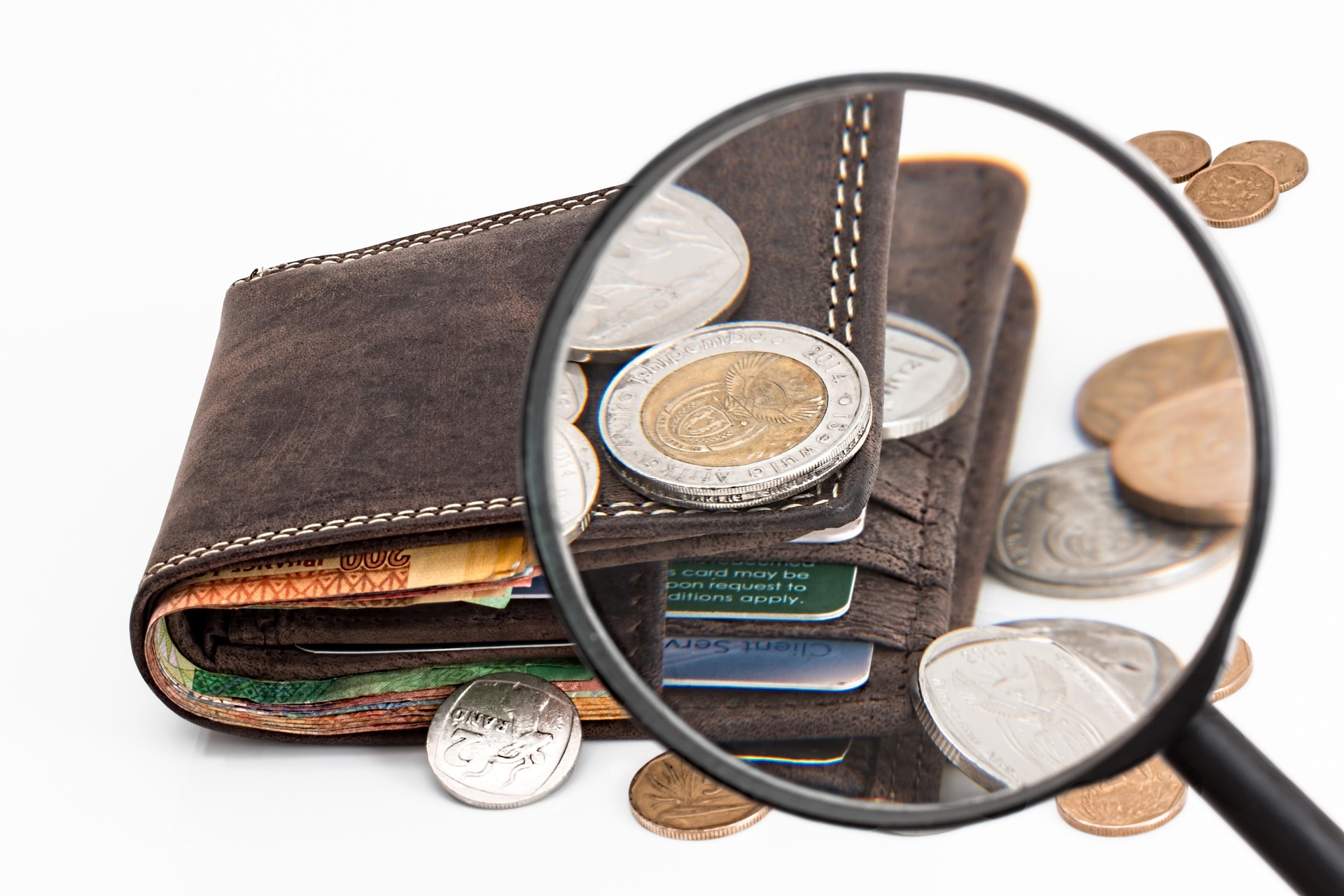What you can afford, or how much mortgage you can afford, isn’t as straightforward as you may think. The mortgage you qualify for and the mortgage you can actually afford can be very different.
As the lender doesn’t know you in the pre-approval phase, their number is going to be higher than yours. This means they don’t know your financial history or credit profile at this stage. So it’s important you know your monthly commitments on what an affordable mortgage is for you.
How the bank decides your pre-approval amount
Lenders will generally base their pre-approval amount on the following factors:
- Your down payment (the amount you will pay upfront)
- The value of the property you wish to buy. Note that when moving from pre-approval to approval, the bank will want a property appraisal. This is because they want to know the property you’re buying is worth the value
- An understanding of your job security and history
- Your history with paying back debt
- Your monthly income to determine how much could be used to pay a mortgage
- Factors such as interest rate and the economy
Your credit score is also a factor, though not as critical as you may think. As a general rule of thumb, if your score is below 650, then you may be offered a higher interest rate and your mortgage insurance could be higher too.
Your total debt servicing ratio, or TDSR, is arguably more important than your credit score. The Canada Mortgage and Housing Corporation restricts the ratio to a maximum of 44%. So it’s important to be very clear and honest about what you can afford, rather than what a lender thinks at the pre-approval phase.
Determine how much you can afford
It’s important to understand what you can contribute to a mortgage whilst maintaining other costs in your life. A budget (as boring as it may sound) is the best way to determine what you can afford.
There are many budget approaches available, though the simplest option is the 50/30/20 rule. This essentially breaks into the following buckets:
- Needs. Utilities; food; clothing; transportation; healthcare; pets; children
- Wants. Vacations; dining out; subscriptions like Netflix or Spotify
- Savings or debts. Student loan; credit cards; TFSA, RRSP
Any mortgage you get will be part of your needs calculation. So you can focus on that part of the rule for now.
Your starting point is taking your after-tax income and dividing it by two. This number is your needs budget and 50% of your income. It should cover your essential costs as outlined above. Once you know the total amount of essential costs, subtract it from your needs budget and that is how much you could pay towards a mortgage.
As an example, let’s say 50% of your after-tax income (your needs budget) is $3000 a month. You calculate that your essential costs per month total $600. So the amount you could pay towards a mortgage is $2400 a month.
Whilst this is a good starting point, it’s worth reducing that number by around 5-7%. This is to give yourself some extra room in case interest rates increase on your mortgage, your income reduces, or your essential costs go up.
Other factors that impact what you can afford
Mortgage affordability isn’t the only consideration when looking to buy a house. Your savings will play a major part in what you can apply for and how you cover costs that you may not have expected.
Down payment
Any savings you have will more than likely be your down payment on a house. The minimum down payment requirements are as follows (from December 15th 2024):
| Purchase price | Minimum down payment needed |
| $499,999 or less | 5% of the purchase price |
| $500,000 to $1,499,999 | 5% of the purchase price for the first $500,000; 10% for the amount over $500,000 |
| $1.5 million or more | 20% of the purchase price |
Mortgage default insurance
If you cannot put a 20% down payment on a house, you will likely need to buy mortgage default insurance. This policy protects your lender should you be unable to make mortgage payments.
Unfortunately, mortgage default insurance gets added to your mortgage amount. It isn’t treated like home or car insurance where you pay for the policy separately. So you will pay interest on your insurance premium.
Your down payment once again impacts mortgage affordability. The larger your payment, the lower your default insurance premium will be.
The mortgage stress test
Applying for a mortgage will require you to pass a mortgage stress test. This is to prove that you can afford payments at a qualifying interest rate. This rate is usually higher than the rate being offered by your lender. A stress test must be passed even if you do not need default insurance.
The stress test requires you to pass at whichever of the two rates is higher:
- 5.25%
- The rate offered by your lender plus 2%
So if your lender offers you a mortgage with an interest rate of 5%, you will need to pass the test at 7%. If you don’t pass the test, your mortgage amount will reduce, impacting what purchase price you can afford.
The stress test is designed to protect you if interest rates rise quicker than normal. But it can be a tall order for first-time buyers to pass, especially if rates are high.
Amortization period
Your amortization period, or length of mortgage, can help with affordability. Though this can be viewed as a short-term benefit.
The longer your mortgage, the lower your monthly payment is likely to be. Whilst this can be a useful tactic, over the full term the more expensive the mortgage will be due to the interest you will have to pay.
